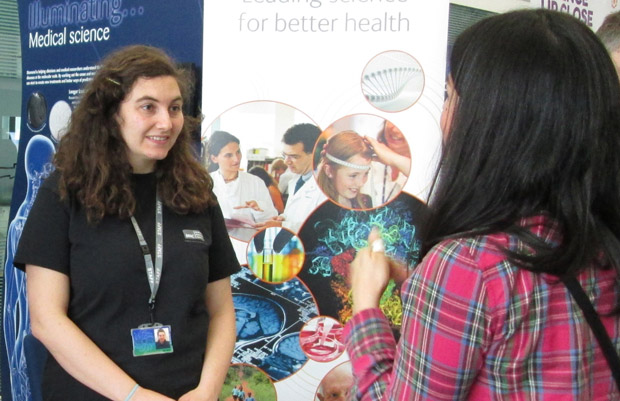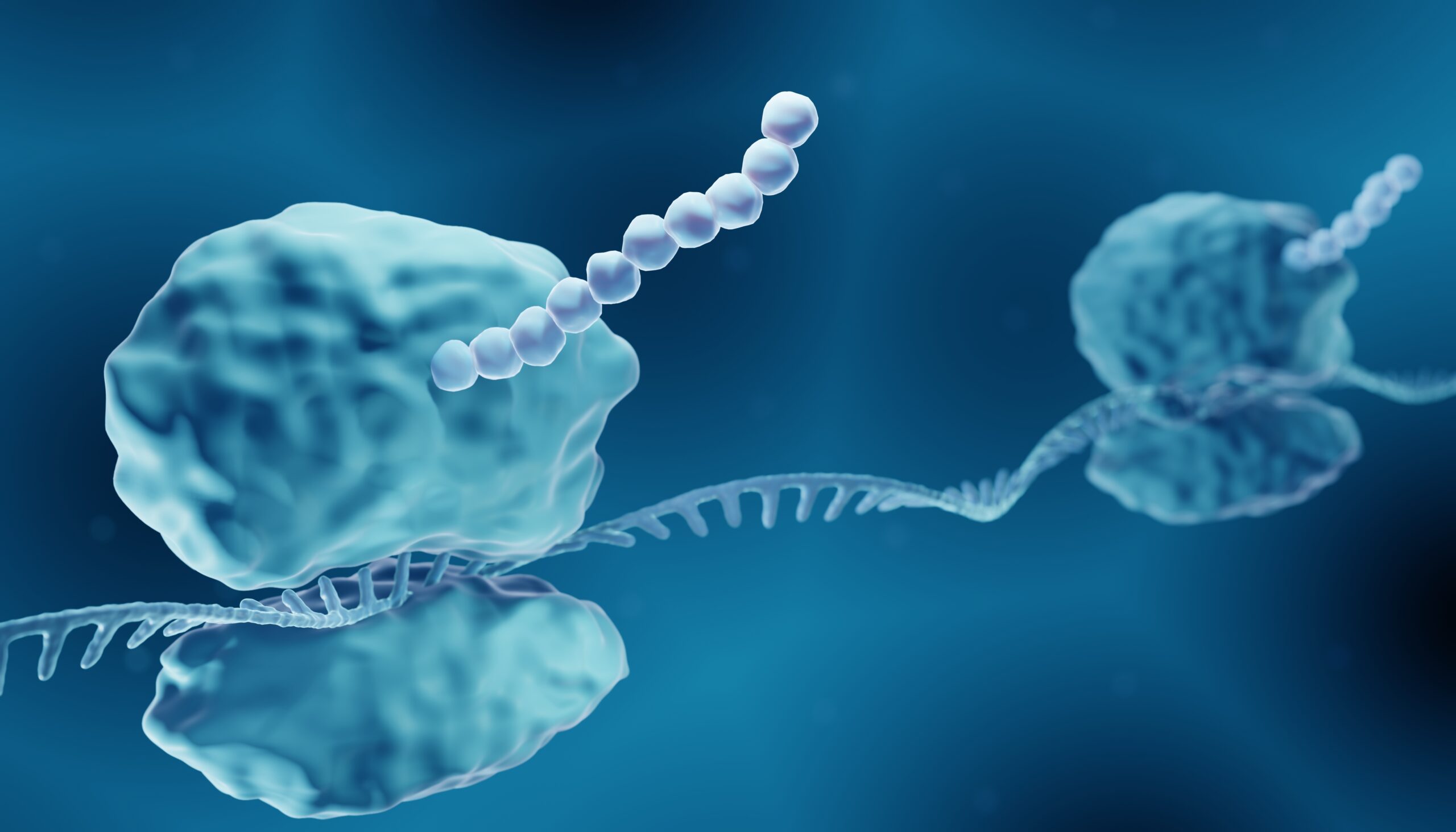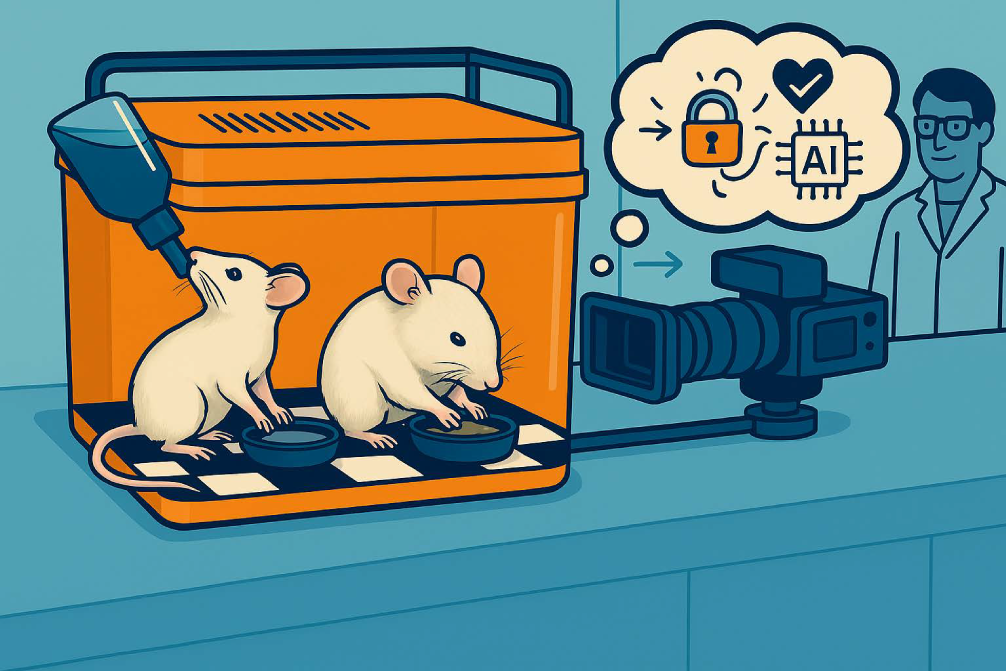MRC Harwell was at Diamond Light Source’s open days this weekend, talking about the work we do at Harwell Campus and it’s impact.
Diamond Light Source open days MRC Harwell was at Diamond Light Source’s open days this weekend, 14-15 March 2015, talking about the work we do at Harwell Campus and it’s impact, including Dr Mary Lyon’s work on X-inactivation.
The Diamond Light Source synchrotron is one of the first things that you see as you turn into Harwell Campus, and it is quite a sight. The huge, donut-shaped building is designed to accelerate tiny, sub-atomic particles called electrons around in a loop. Rooms known as ‘beam lines’ radiate out from this central circle, stationed so that they can use the ‘light’ given off by these electrons as they whizz around it.
This light isn’t visible light, but other parts of the electromagnetic spectrum such as X-rays or infrared. Diamond hosts an eclectic mix of research into diverse applications, covering almost all areas of science – one beam line could be used for deciphering the structure of proteins, another for investigating the materials in an archeological artifact, yet another for designing new materials to improve solar power, and so on.
Rolls Royce even donated an aeroplane fan blade they used the synchrotron to design, which Diamond now keep on display as a statue.
For the weekend, Diamond opened its doors to the public. Visitors entered into the entrance foyer, which was lined with stalls such as ours. At regular intervals during the day, they were invited to attend a 40 minute talk on Diamond Light Source, which as 2015 is the International Year of Light, included a short history of research into light.
After this, the visitors were taken on a guided tour of the facility, complete with enormous magnets, vacuum pumps and lead-lined rooms. In between the tours, visitors moved around the stands, allowing them to find out more about applications of the technology at Diamond and other research going on at Harwell Campus.
Our stand was based around the work of Dr Mary Lyon, who used to work at MRC Harwell. She proposed the theory of X-inactivation, which revolutionised our understanding of how genes are inherited in female mammals. As females have two X- chromosomes, while males only have one, one of these is switched off at an early stage in development to prevent females from having a double dose of these gene products. However, this process is random, so is different in different cells. As these cells grow, they develop into patches, meaning that all female mammals are ‘mosaics’, with different X chromosome gene expression in different parts of their body. We illustrated this with the classic example of the tortoiseshell cat.
These open days provided us with a wonderful opportunity to discuss our research with the public, particularly adults from other scientific disciplines whose only knowledge of biology came from their half-remembered school days. It was great to join together with one of the most influential organisations on campus to deliver our public enagagement, something which we will be doing again on a much larger scale at the Harwell Campus open day on the 11th July.
We hope you can come!



